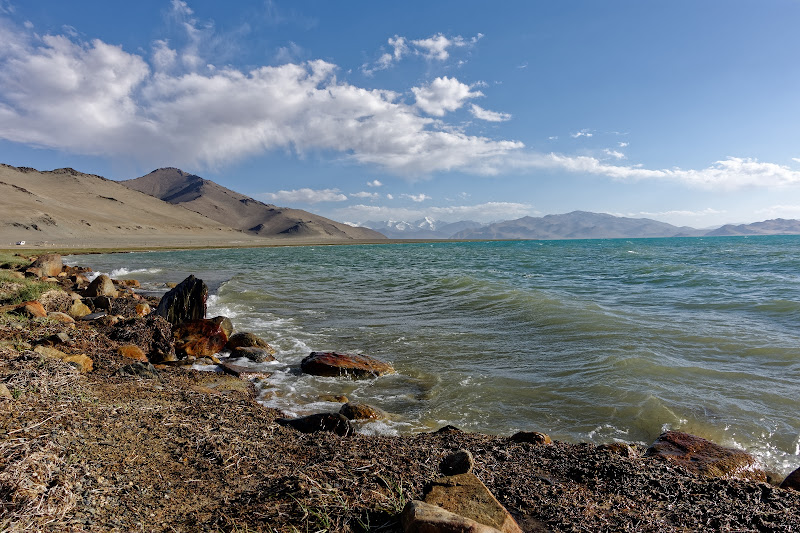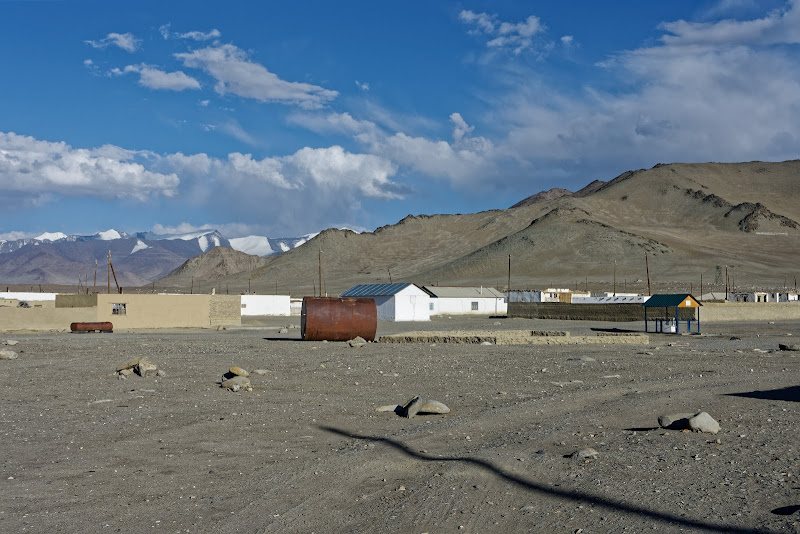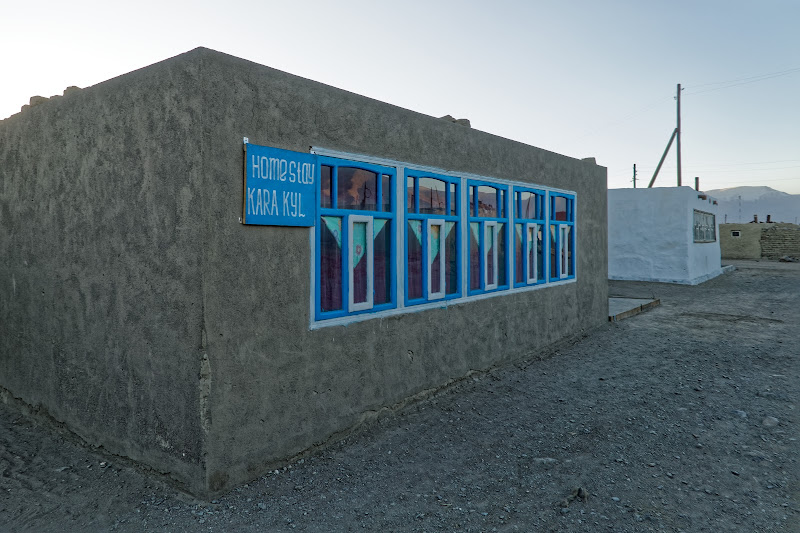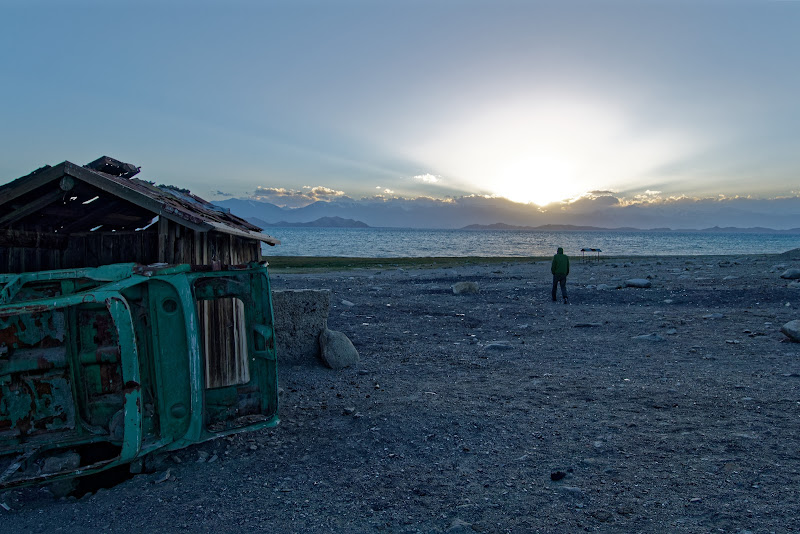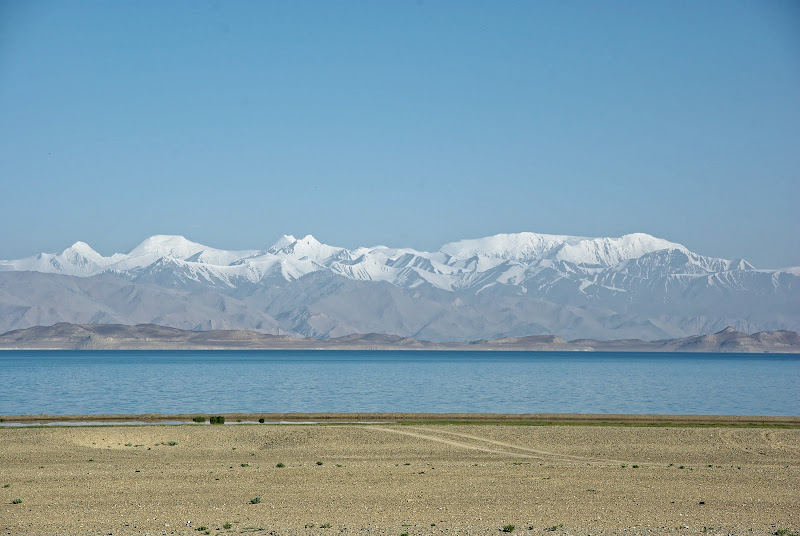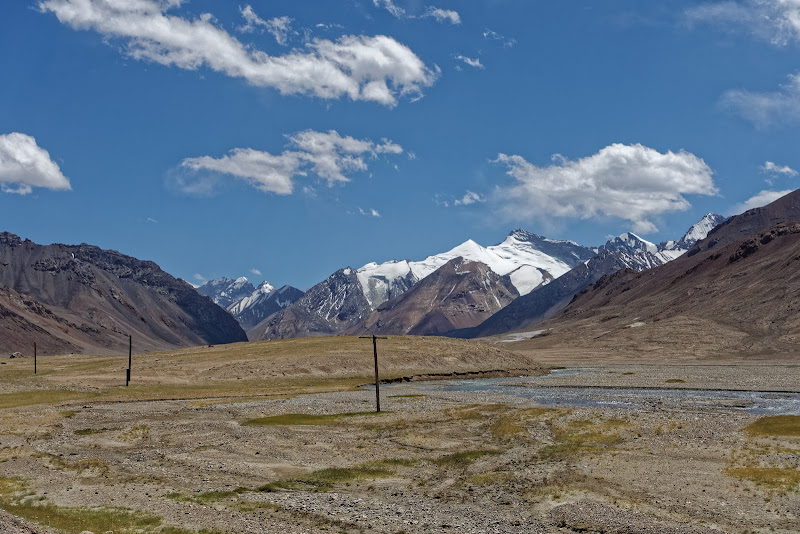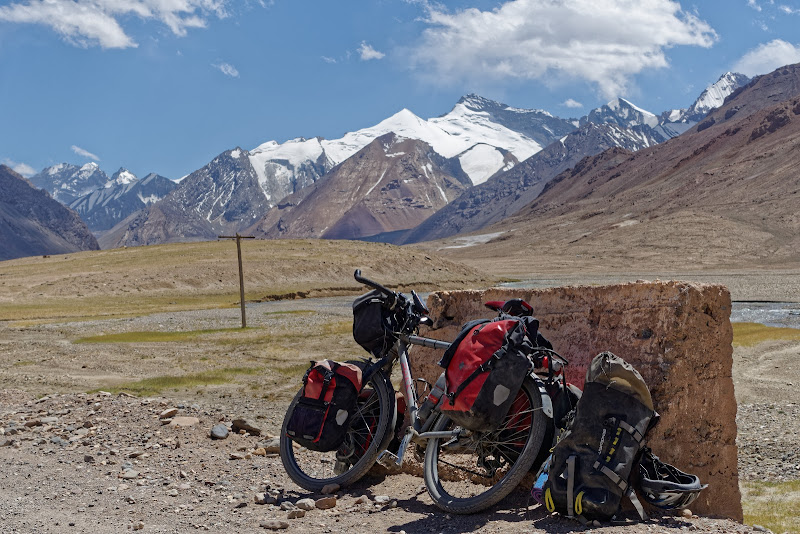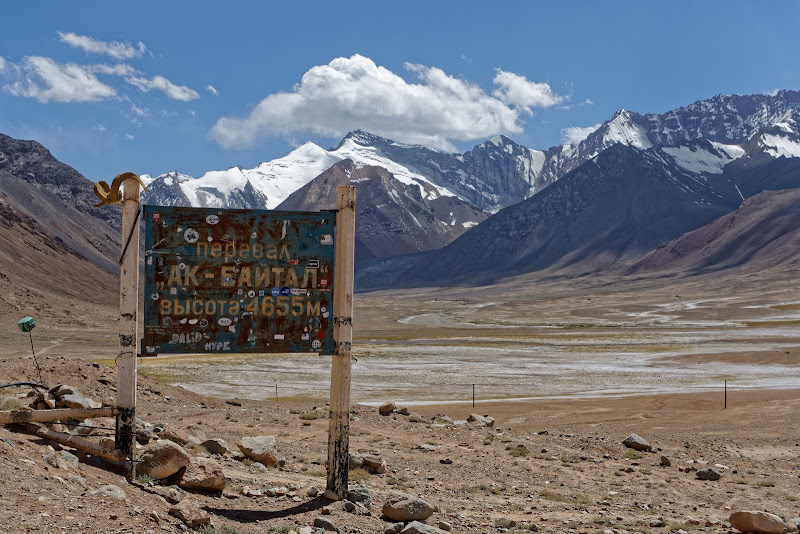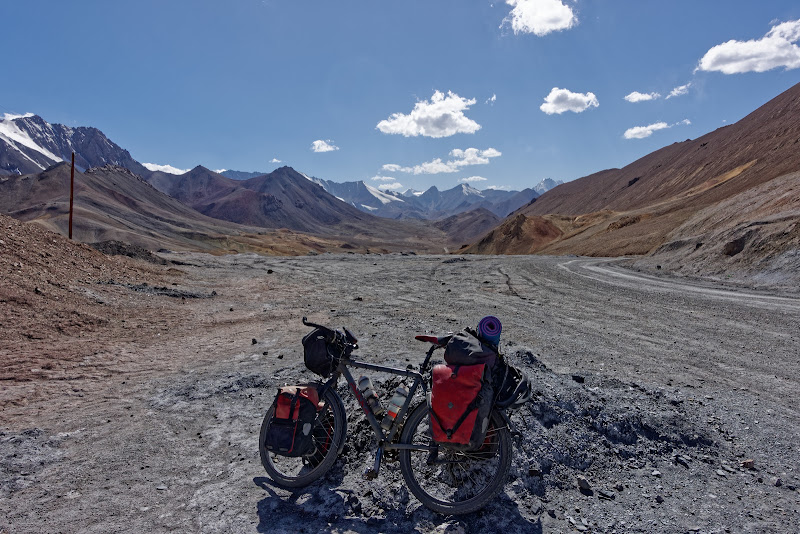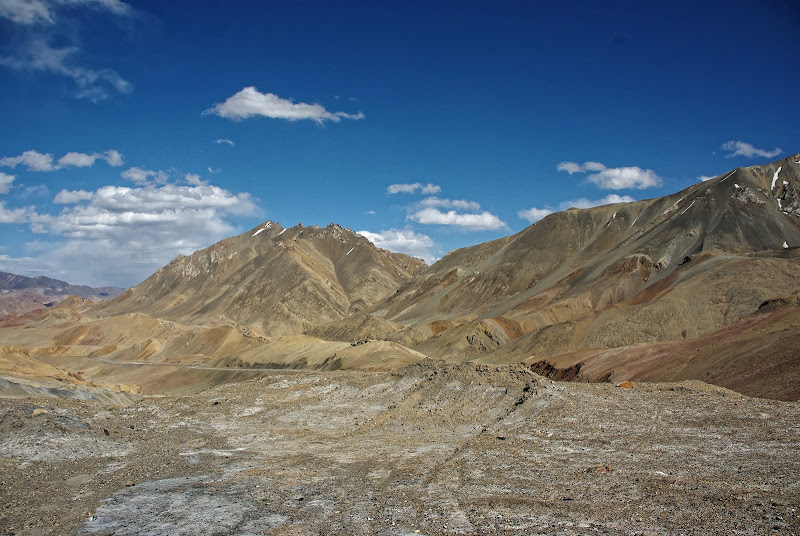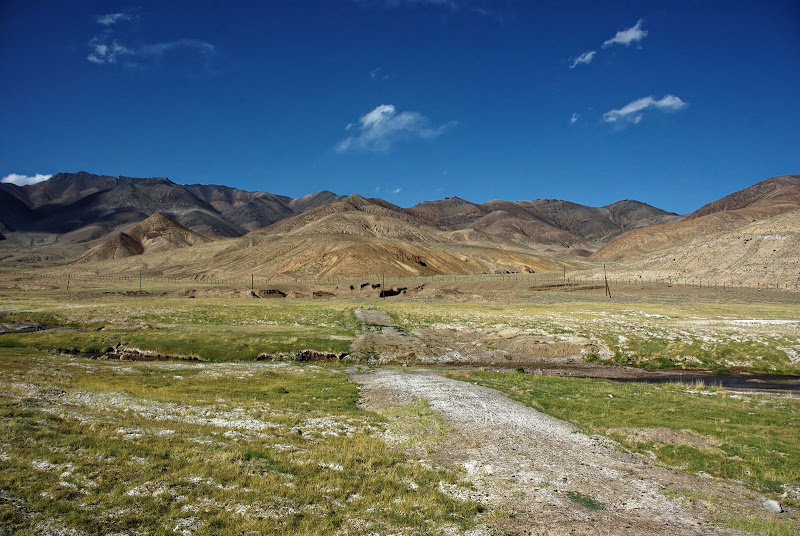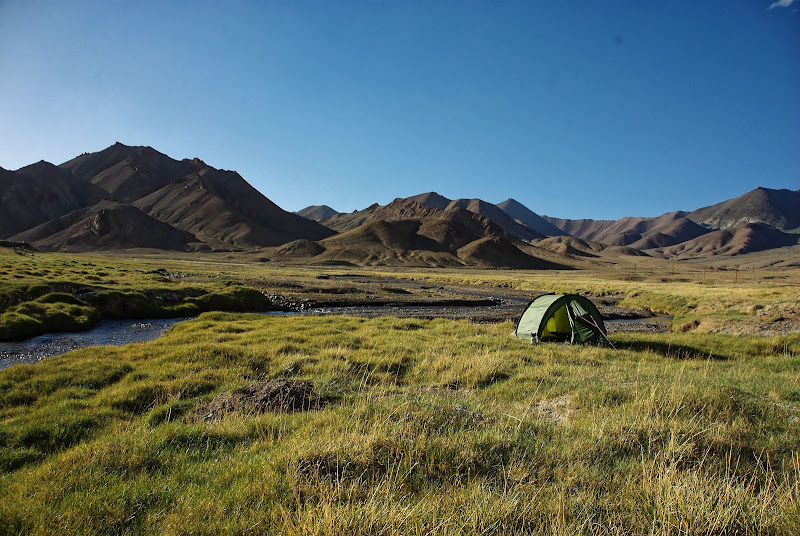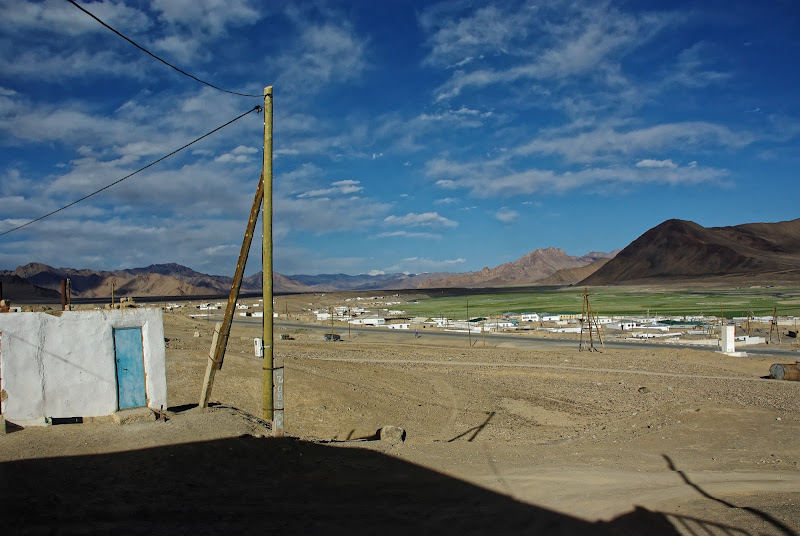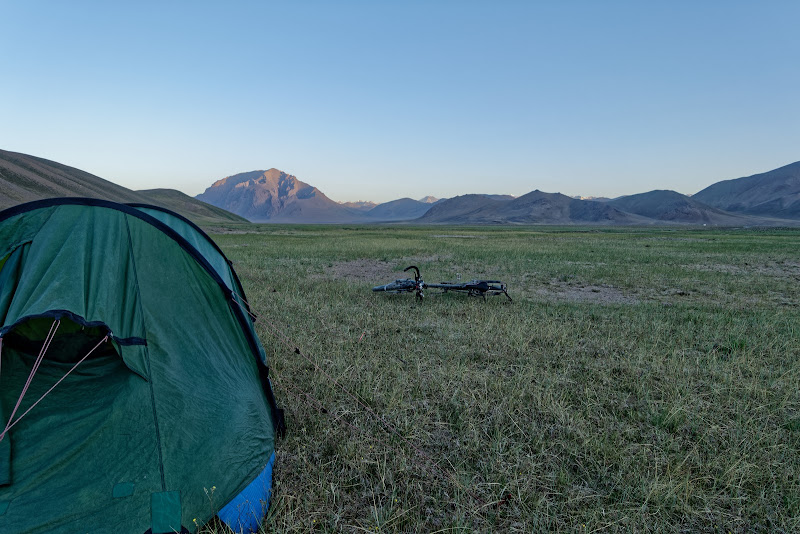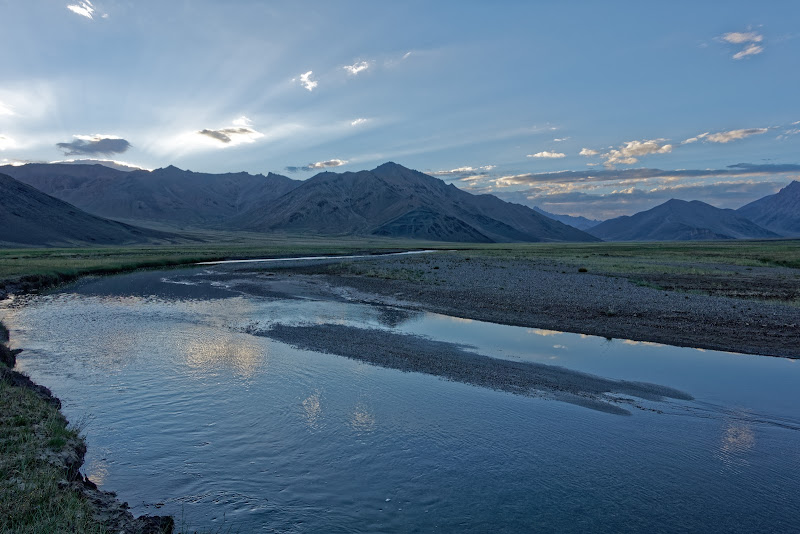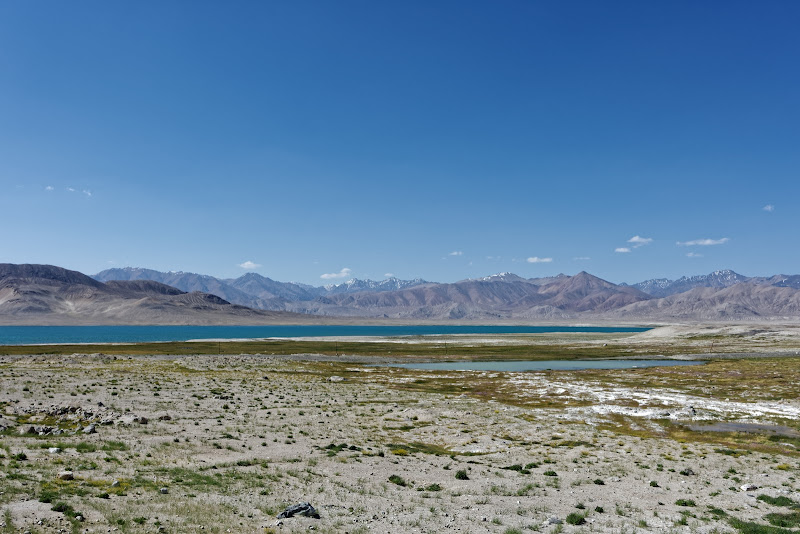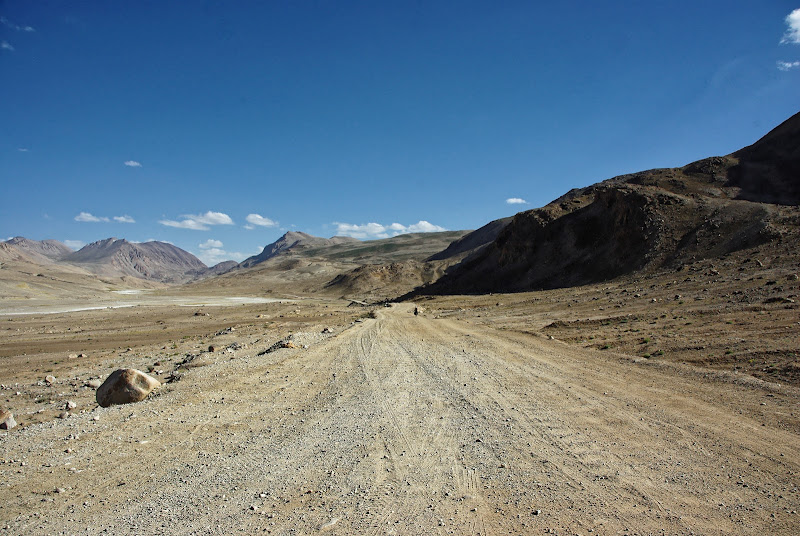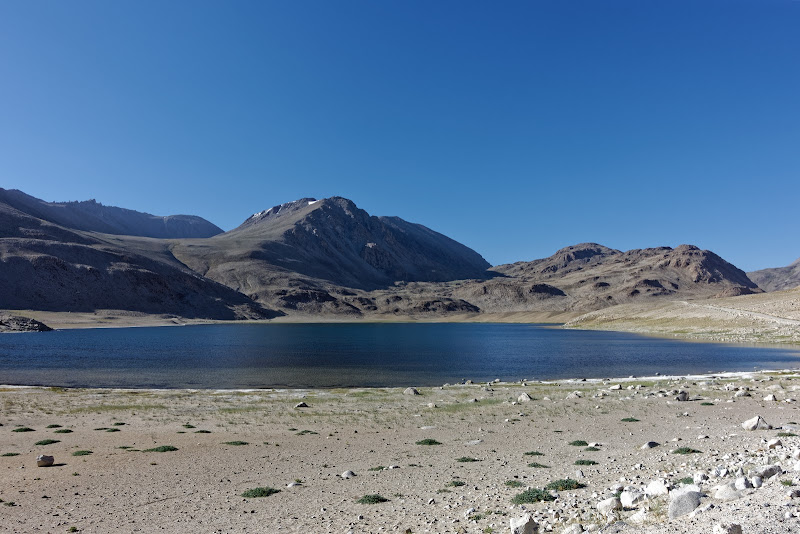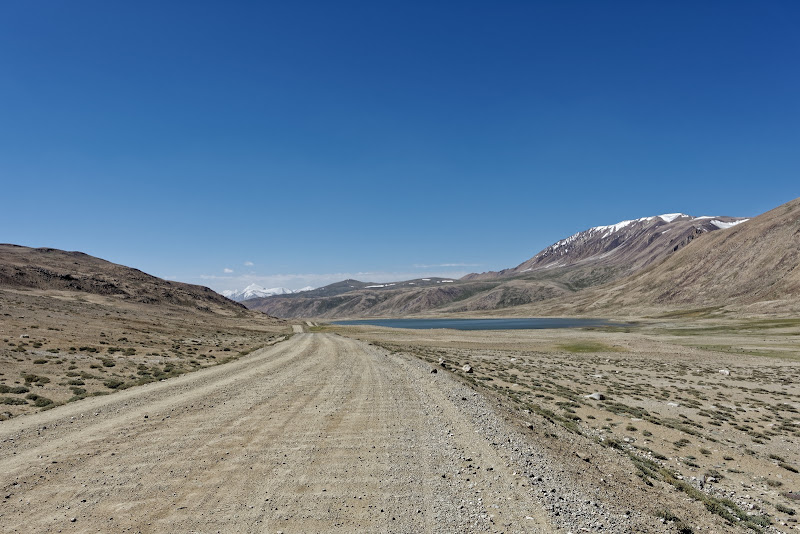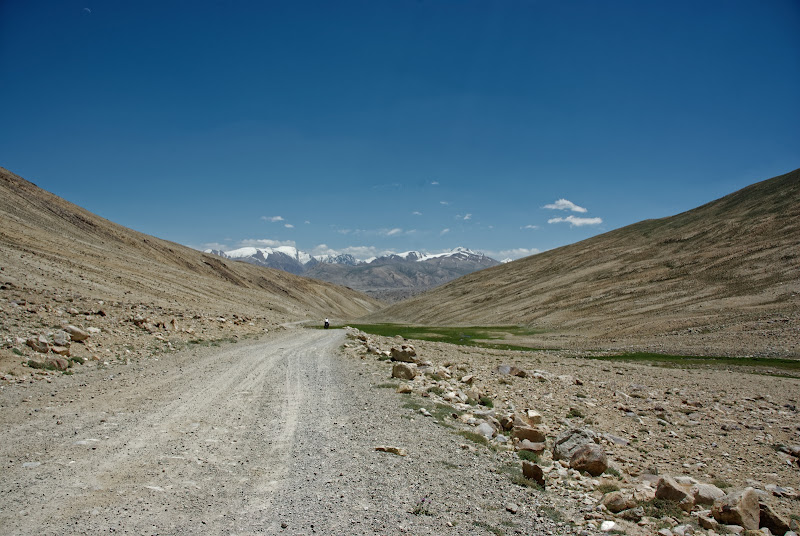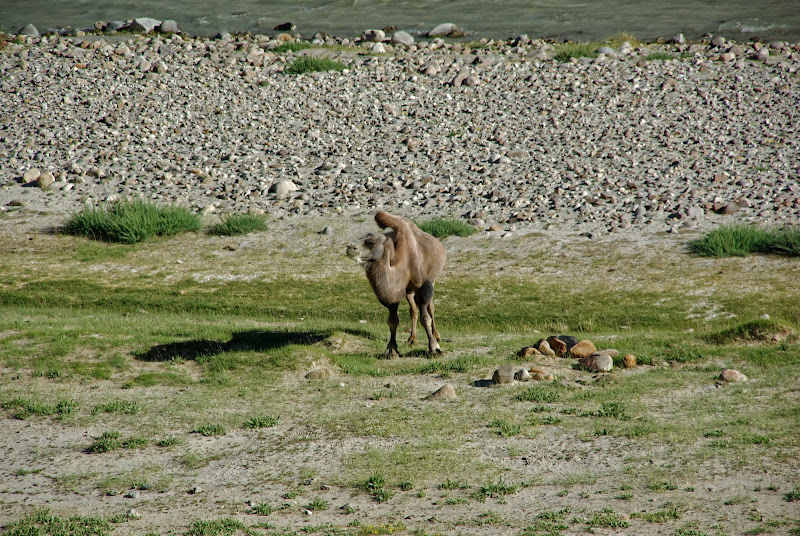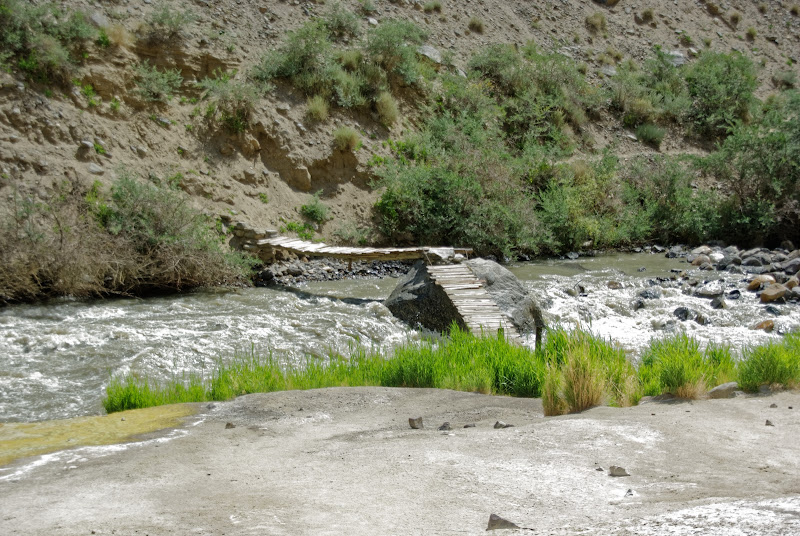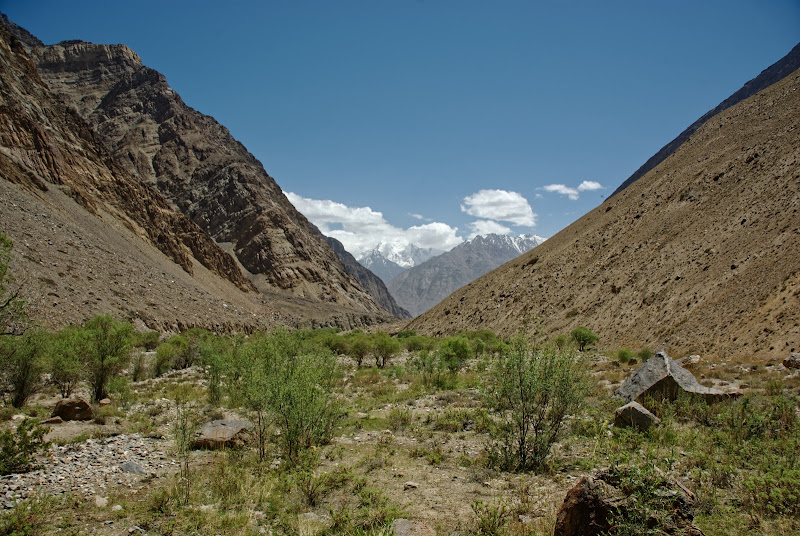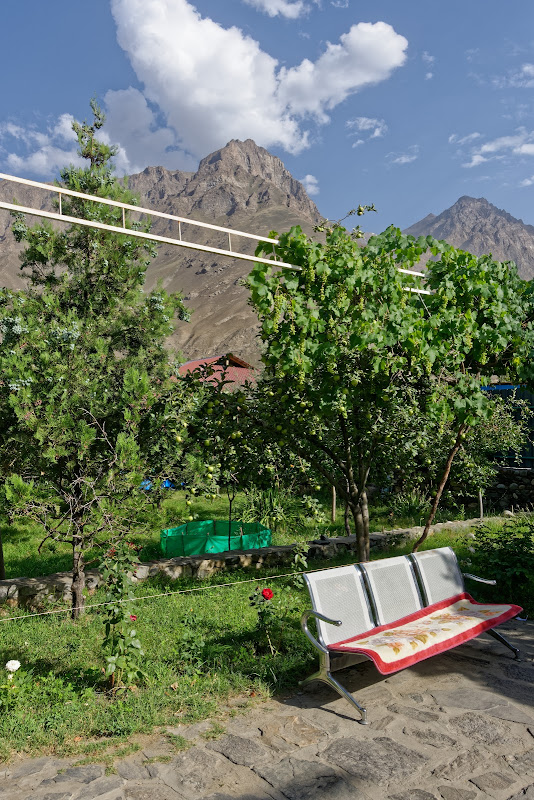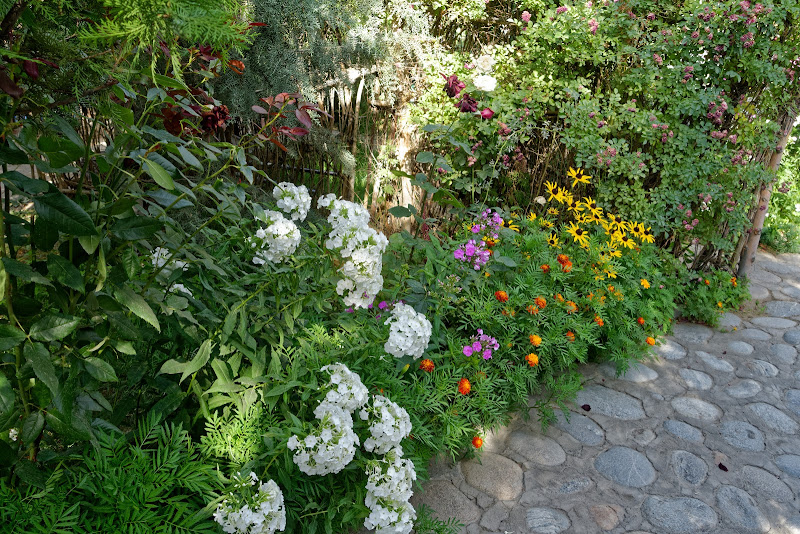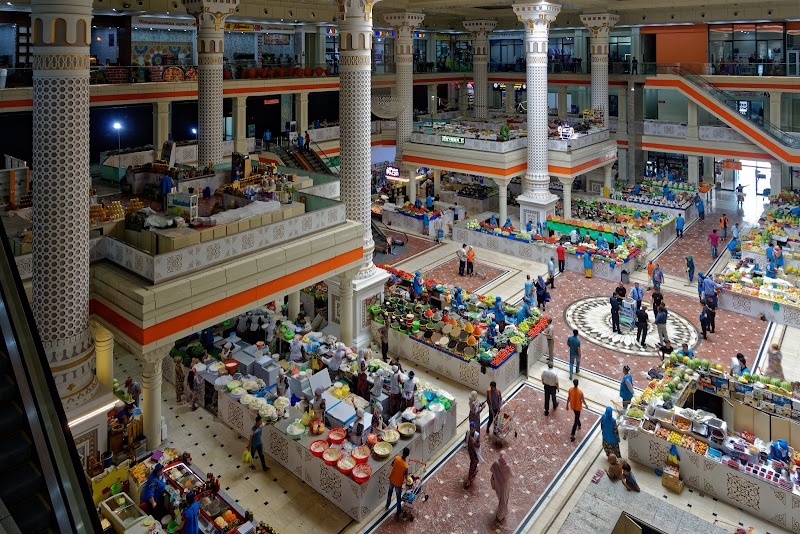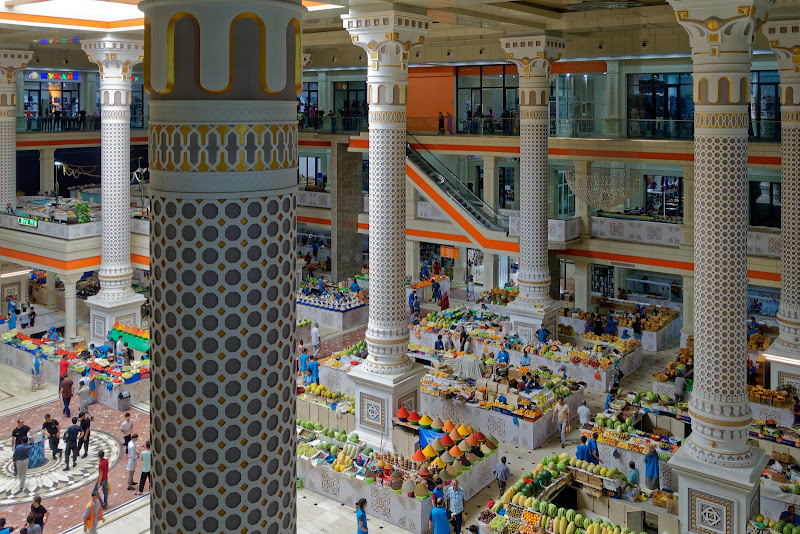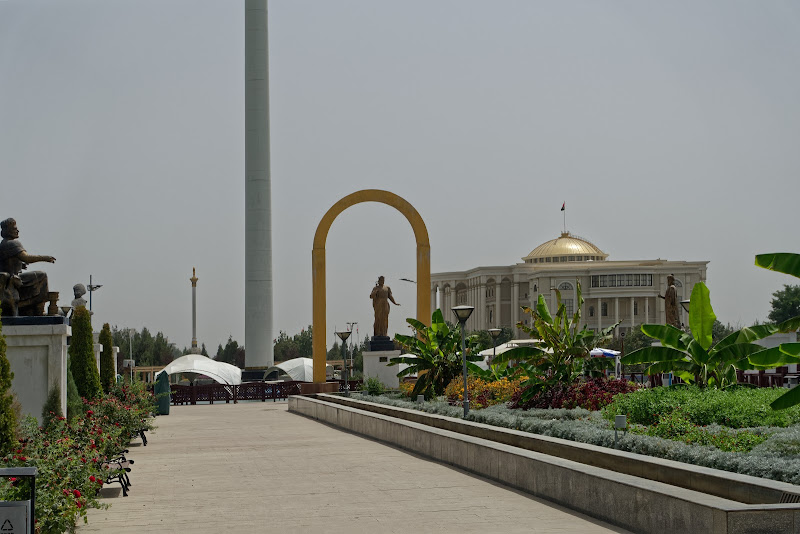Karakul to Dushanbe
Karakul and Karakul Lake
Karakul is a small village located in the eastern Pamir Mountains of Tajikistan, near the border with China. It is known for its stunning natural beauty, including the nearby Karakul Lake, which is one of the highest lakes in the world.
The village of Karakul is situated at an elevation of around 3,900 meters above sea level, making it one of the highest human settlements in the world. It is home to a small community of ethnic Kyrgyz people, who have lived in the region for centuries and have preserved their unique culture and way of life.
The nearby Karakul Lake is a stunning body of water that is known for its vivid blue color and scenic beauty, and is surrounded by snow-capped peaks and glaciers.
The lake is a popular destination for tourists, who come to hike, trek, and explore the surrounding mountains. Visitors can also experience the local culture and hospitality of the Kyrgyz people, who welcome visitors to their village and offer traditional food and accommodation.
In addition to its natural beauty and cultural attractions, Karakul is also home to several historical and archaeological sites, including ancient fortresses and petroglyphs that offer a glimpse into the region's rich and complex history.Ak-Baital Pass
Ak-Baital Pass is a high mountain pass located in the eastern Pamir Mountains of Tajikistan, near the border with Afghanistan. It is the highest point on the Pamir Highway, which is one of the highest altitude highways in the world and a popular destination for adventurous travelers.
The pass is situated at an elevation of around 4,655 meters above sea level and offers breathtaking views of the surrounding peaks and glaciers. It is also a popular destination for hikers, trekkers, and mountaineers, who come to explore the rugged terrain and challenging landscapes of the Pamir Mountains.
In addition to its scenic beauty and outdoor recreation opportunities, Ak-Baital Pass is also a cultural and historical landmark, with a rich history dating back thousands of years. The surrounding region has been inhabited by various ethnic groups, including the Kyrgyz, Tajiks, and Wakhi, who have preserved their unique cultures and traditions over the centuries.
Murghab
Murghab is a small town located in the eastern Pamir Mountains of Tajikistan, near the border with Afghanistan and China. It is one of the highest towns in the world, situated at an elevation of around 3,650 meters above sea level.
The town of Murghab is known for its stunning natural beauty, with snow-capped peaks, glaciers, and high-altitude lakes surrounding the area. It is also a popular destination for adventurous travelers, who come to hike, trek, and explore the rugged terrain of the Pamir Mountains.
Despite its remote location, Murghab is a hub for trade and transportation in the region, with the Pamir Highway running through the town and connecting it to other communities in Tajikistan and beyond. It is also home to a small community of ethnic Kyrgyz people, who have lived in the region for centuries and have preserved their unique culture and way of life.
Visitors to Murghab can experience the local culture and hospitality firsthand, with many traditional Kyrgyz yurts and guesthouses located in the town and surrounding areas. They can also explore the town's historical and cultural attractions, including ancient fortresses and petroglyphs that offer a glimpse into the region's rich and complex history.
From Karakul the next way point was the Ak-Baital pass, with 4655m the highest point of our bike trip! Already before, starting round 4000m the air was getting really thin. At these heights, not only the views are breath taking! Any talking during cycling or any small climb caused us to get out of breath easily! We camped by a very nice small river and the next day we reached Murghab, the capital of the Pamir. There we managed to see the French victory in the world cup final. On our way back, we almost could not enter our 'home stay' and we had to wake up other guests to open the closed door for us.
We started the last stage on the Pamir plateau from Murghab fighting a steady strong head wind. After spending a night on a very nice campsite we passed by Alichur, still facing the wind. These days Michaels luck stroke again. There were about 4 flat tires in two days and in addition one mantle had to be replaced. Meaning in total now 6:0 for Michael against Andi. We hope the repaired tires will hold the air until the end of the trip.... After a last view back to the plateau and the nicely asphalted street, we turned to cross the last pass of our trip which led us up to 4355m again. The climb was hard again and the street conditions got worse every km. After the climb there was an amazing viewpoint offering an impressive panaroma on the Hindukush. When Michael just went to see another viewpoint Andi set up his tent. And before Michael was back, somehow two young polish ladies were sleeping in Andis tent. Michael was wondering, 'What is happening? Was I too long or too short away???'
Wakhan Corridor
The Wakhan Corridor is a narrow strip of land located in the eastern Pamir Mountains of Tajikistan, between Afghanistan to the south and Pakistan to the east. It is named after the Wakhan Valley, which runs through the center of the corridor and is home to a diverse mix of ethnic groups and cultures.
The Wakhan Corridor is known for its stunning natural beauty, with rugged mountains, glaciers, and high-altitude lakes dotting the landscape. It is also a historically and culturally significant region, with a rich and complex history dating back thousands of years.
The corridor has long been a crossroads for trade, migration, and cultural exchange between the peoples of Central Asia, South Asia, and the Middle East. It has been inhabited by various ethnic groups over the centuries, including the Wakhi, Kyrgyz, and Pamiri peoples, who have preserved their unique cultures and traditions through the ages.
Visitors to the Wakhan Corridor can experience the local culture and hospitality firsthand, with many small villages and communities located throughout the area. They can also explore the region's historical and cultural attractions, including ancient fortresses, petroglyphs, and other relics of the area's rich and complex history.
Finally we can breath much easier again. Coming down from above 4000m to below 3000m makes activity easier again! Easier but not easy, arriving in the valley the street conditions turn into a nightmare again and the head wind starts to blow stronger and stronger during the day until reaching its max around 15h. Since all that is not sufficient, Michael decides to handicap himself. After having cut himself slightly while cutting ham, he insisted and tried to cut more. So it happens how it is supposed to happen... Michael cuts himself seriously close to the small finger! Did he want to psychologically support Andi, who is still suffering from the 'gurr gurr'? The next day, in the first village after 2days, in the first Cafe, we accidentally meet two Germans (and a bird eating directly from the bread basket). One of them, being a nurse, had a look at Michaels hand, gave him a new bandage and some fresh bandage material. Much better than anything we could have expected in any Tajik hospital!! Does Michaels luck finally change...?
Khorog
Khorog is a small city located in the eastern Pamir Mountains of Tajikistan, near the border with Afghanistan. It is the administrative center of the Gorno-Badakhshan Autonomous Region and serves as a hub for trade and transportation in the region.
The city of Khorog is known for its stunning natural beauty, with snow-capped peaks, glaciers, and high-altitude lakes surrounding the area. It is also home to a vibrant and diverse community of people, including the Pamiri people, who have preserved their unique culture and way of life through the ages.
Visitors to Khorog can experience the local culture and hospitality firsthand, with many traditional Pamiri houses and guesthouses located throughout the city and surrounding areas. They can also explore the city's historical and cultural attractions, including ancient fortresses, museums, and other relics of the area's rich and complex history.
Despite its remote location, Khorog is a lively and dynamic city, with a bustling bazaar, numerous restaurants, and a thriving arts and culture scene. It is also a popular destination for adventurous travelers, who come to hike, trek, and explore the rugged terrain of the Pamir Mountains.

The final stage of our trip led us from Darshai to Khorog. Half way we stayed in a literal 'home stay', where we were welcomed in the house of our hosts. Usually the home stays had a separate small building for guests. We thus can confirm the warm hospitality also in the Wakhan Valley and show you a typical, simple but very tasty dinner. Following the Panj river crossing the one or the other green oasis in the otherwise deserted Valley we reach the end of our bicycle tour: Khorog. There we went up to the second highest botanical garden of the world to get an amazing view over the small town and, after a visit to the local hospital, Andi happily enjoys his special 'gurr gurr' treatment.
part 1, part2
